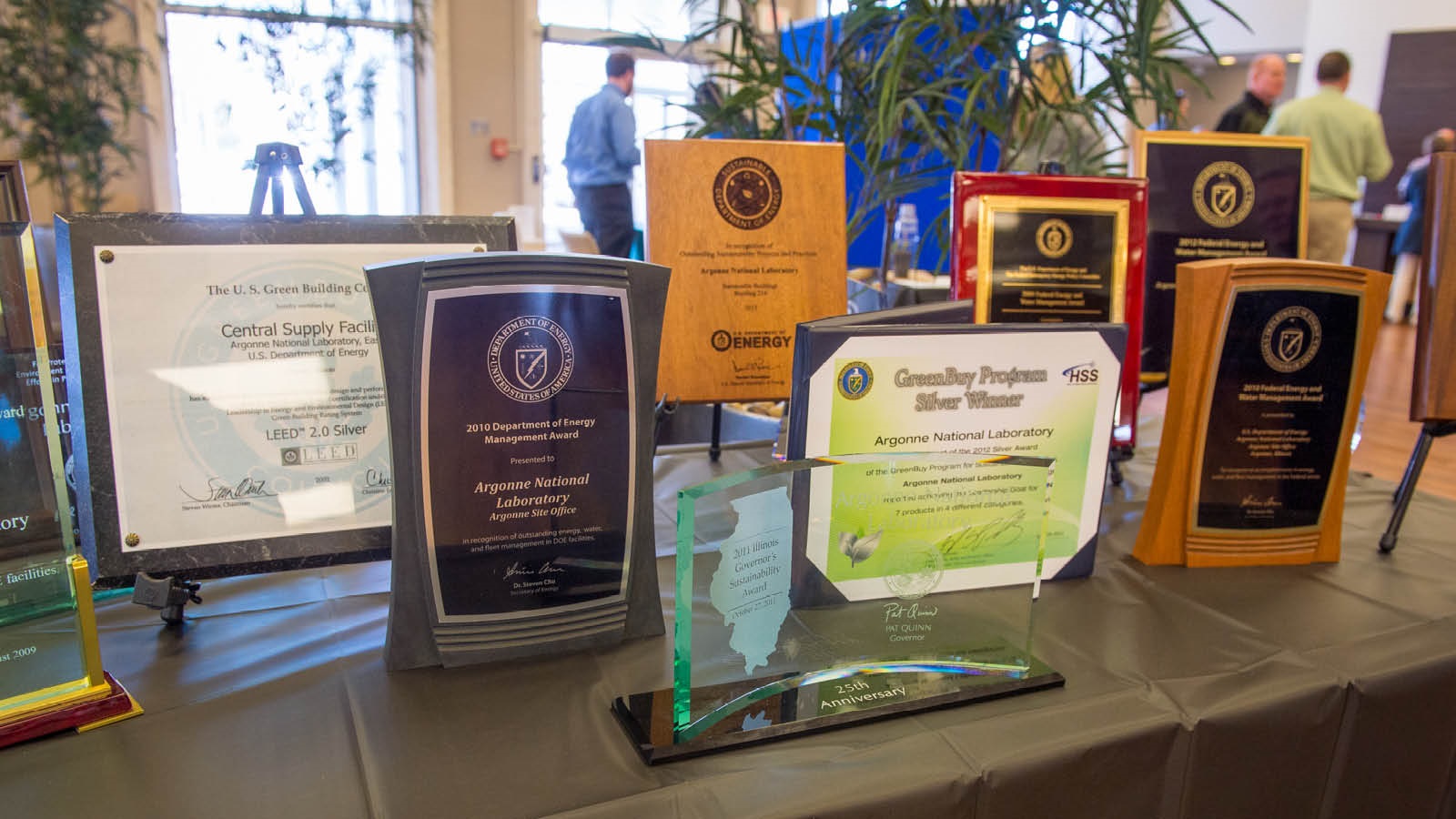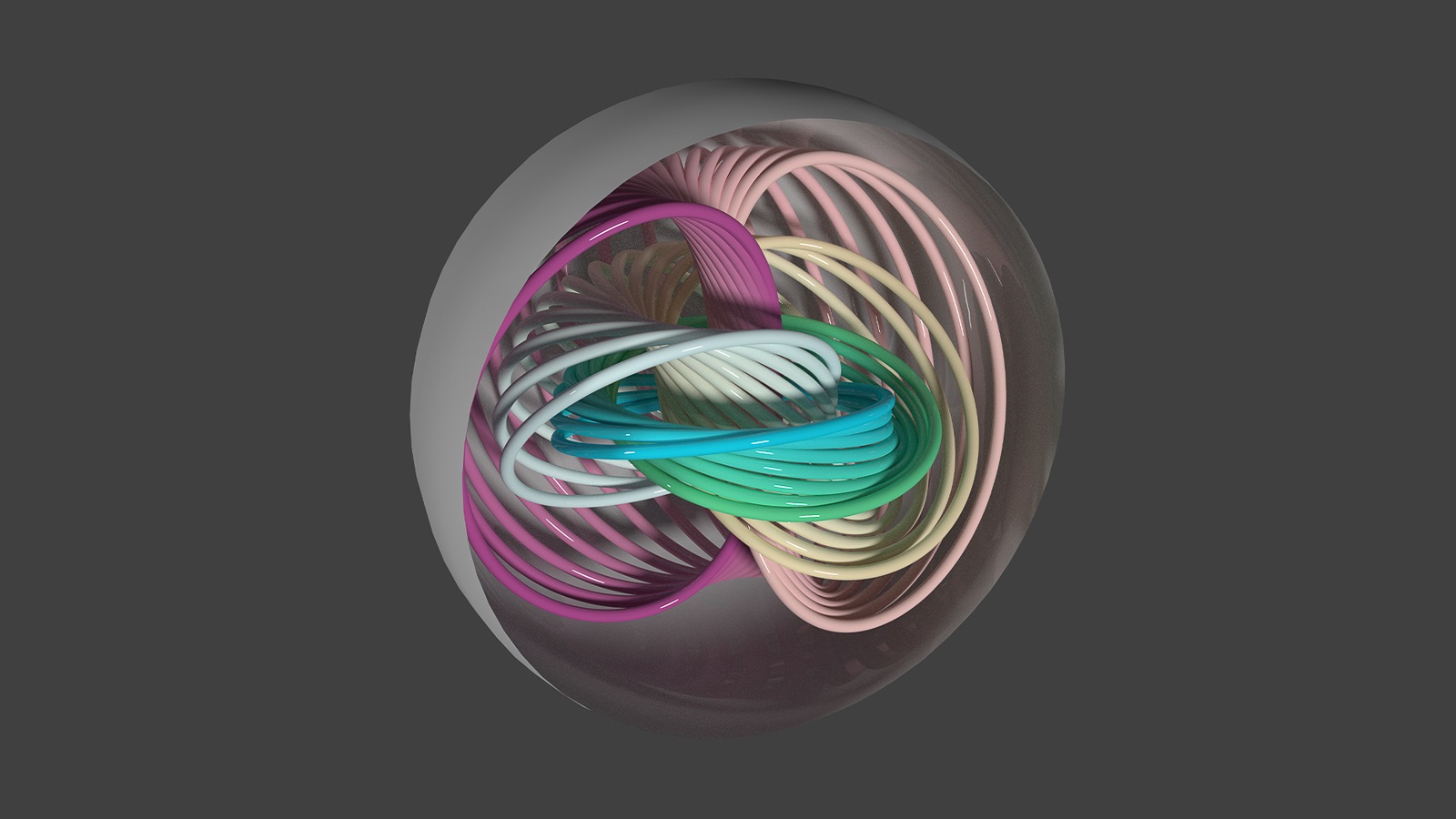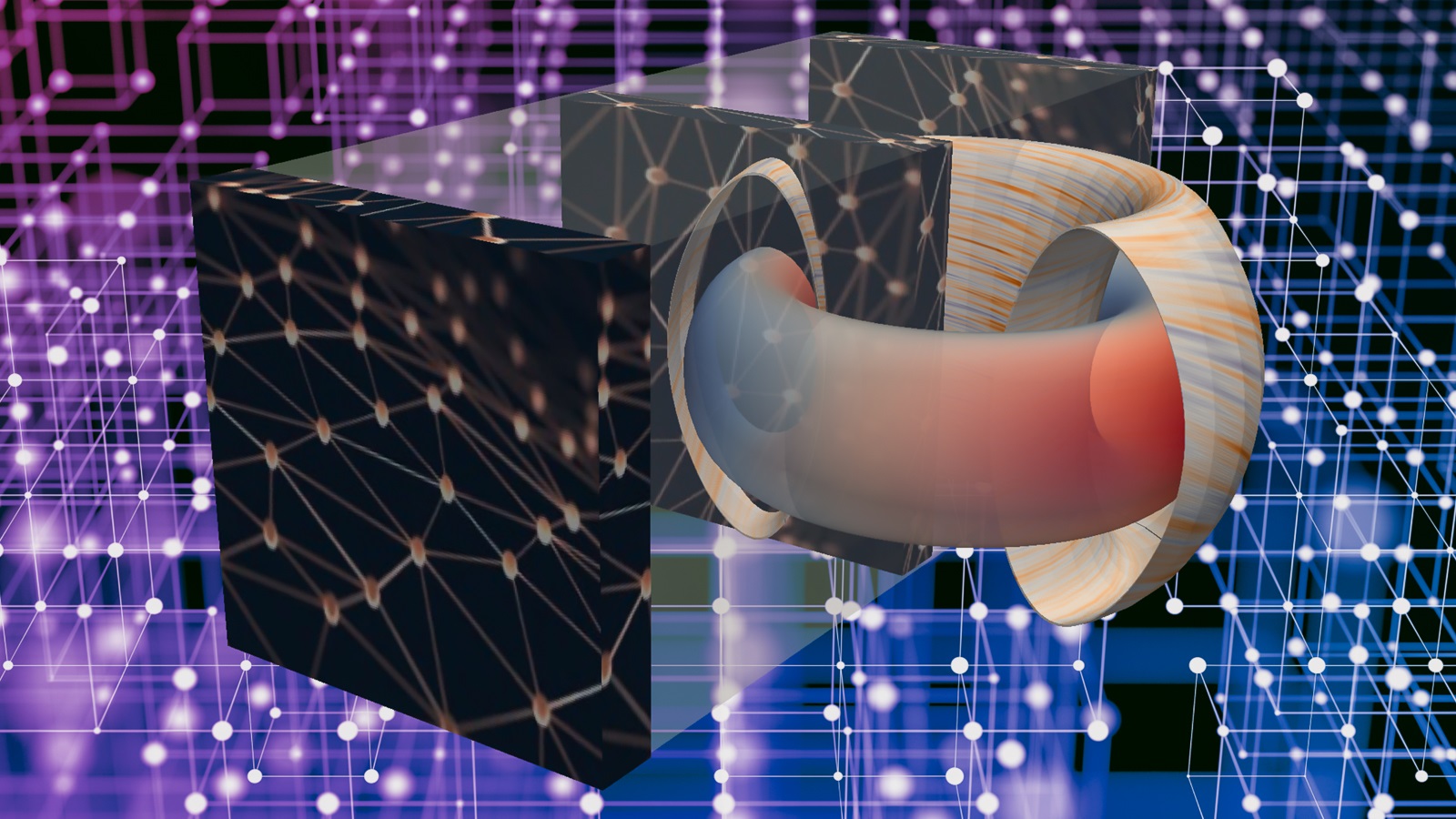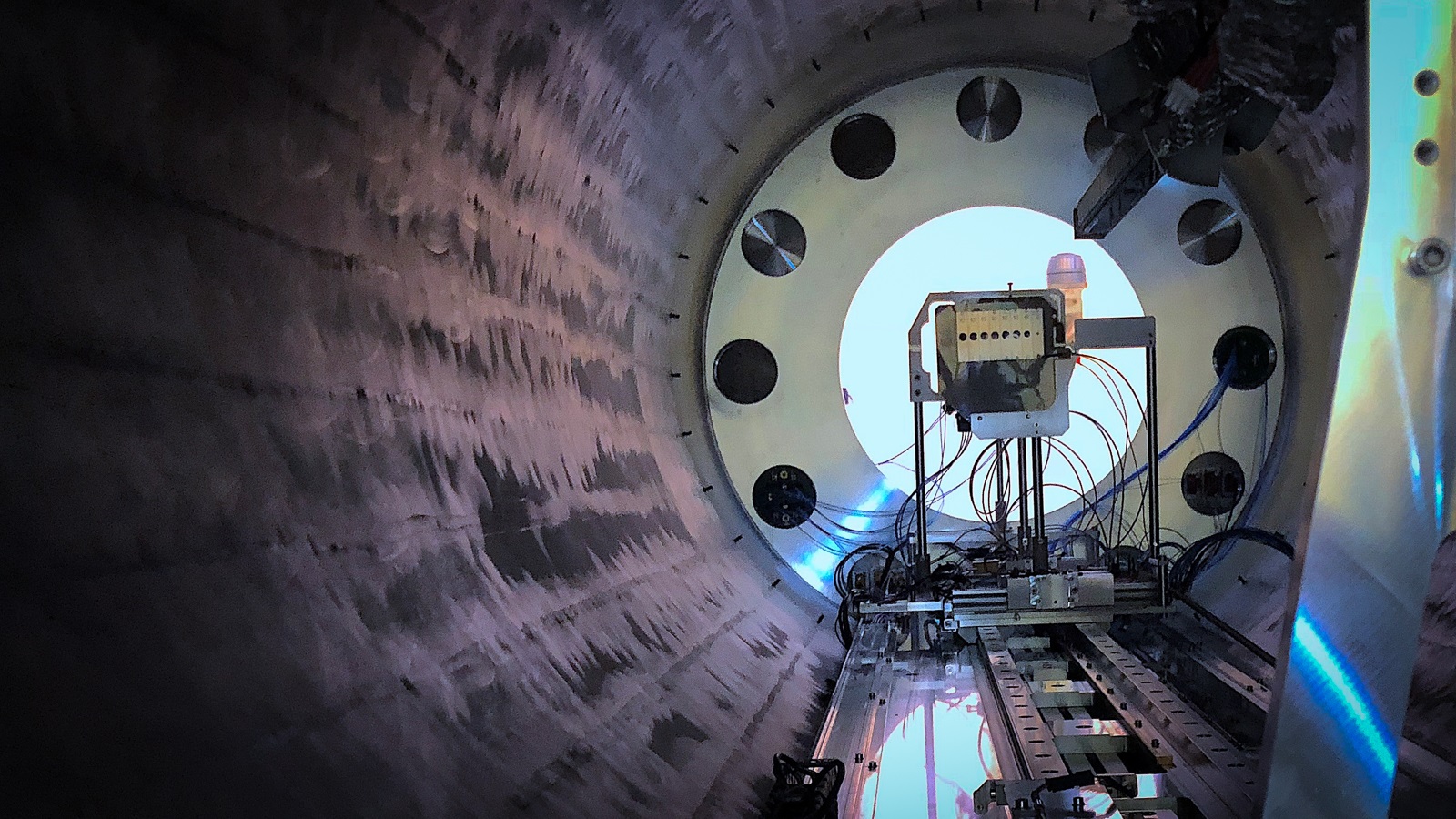Because of the number and density of neutrinos involved, it is nearly impossible to calculate the movement of neutrinos from compact astrophysical systems such as core-collapse supernovae and neutron star mergers.
Tag: computational physics
Using artificial intelligence, Argonne scientists develop self-driving microscopy technique
Argonne researchers have tapped into the power of AI to create a new form of autonomous microscopy.
Can you trust your quantum simulator?
At the scale of individual atoms, physics gets weird. Researchers are working to reveal, harness, and control these strange quantum effects using quantum analog simulators — laboratory experiments that involve super-cooling tens to hundreds of atoms and probing them with finely tuned lasers and magnets.
Argonne researchers win four 2022 R&D 100 awards
R&D Magazine has recognized four Argonne projects with R&D 100 Awards.
Using holograms to illuminate de Sitter space
The holographic principle is used to describe the expanding universe in de Sitter space. It provides a solution to Einstein’s general relativity equation with a positive cosmological constant. The proposed model uses a negative cosmological constant to account for gravity on anti-de Sitter space.
Postdoc Extracts Exotic Particle Properties
The 2022 JSA Postdoctoral Prize winner, Arkaitz Rodas, characterizes lesser-known particles to help physicists understand what holds matter together. Rodas will characterize light mesons using computational mathematical tools for his prize-winning project.
Computational discovery of complex alloys could speed the way to green aviation
Experts at the U.S. Department of Energy’s Ames Laboratory and their collaborators have identified the way to tune the strength and ductility of a class of materials called high-entropy alloys. The discovery may help power-generation and aviation industry develop more efficient engines.

Argonne’s 2021 Maria Goeppert Mayer Fellows bring new energy, promise to their fields
The Department of Energy’s Argonne National Laboratory is proud to welcome five new FY21 Maria Goeppert Mayer Fellows to campus, each chosen for their incredible promise in their respective fields.

Mira’s Last Journey: exploring the dark universe
Scientists used a supercomputer to perform one of the five largest cosmological simulations ever — the Last Journey. This simulation will provide crucial data for sky maps to aid leading cosmological experiments.

Novel insight reveals topological tangle in unexpected corner of the universe
In a recent theoretical study, scientists discovered the presence of the Hopfion topological structure in nano-sized particles of ferroelectrics — materials with promising applications in microelectronics and information technology.

Four years of calculations lead to new insights into muon anomaly
For two decades, physicists have been trying to reconcile a gap between theoretical and experimental data on a particle called the muon. A new study, powered by Argonne’s supercomputer Mira, sharpens one piece of the puzzle.

Preparing for exascale: Eliminating disruptions on the path to sustainable fusion energy
With the world’s most powerful path-to-exascale supercomputing resources at their disposal, William Tang and colleagues are combining computer muscle and AI to eliminate disruption of fusion reactions in the production of sustainable clean energy.

Argonne and CERN weigh in on the origin of heavy elements
Nuclear physicists from Argonne National Laboratory led an international physics experiment conducted at CERN that utilizes novel techniques developed at Argonne to study the nature and origin of heavy elements in the universe.

Argonne leads award-winning collaboration with Kairos Power that unveils new simulation of nuclear power plants
Argonne scientists won a 2019 R&D 100 award for collaborating with Kairos Power to create software that simulates entire nuclear power plants.
Playing the angles with dramatic effect
Researchers report the most complete model to date concerning the transition from metal to insulator in correlated oxides. These oxides have fascinated scientists because of their many attractive electronic and magnetic properties.

Argonne and TAE Technologies heating up plasma energy research
Fusion power researchers at TAE Technologies employ Argonne supercomputers to develop magnetic fusion plasma confinement devices as a means to generate unlimited electricity.